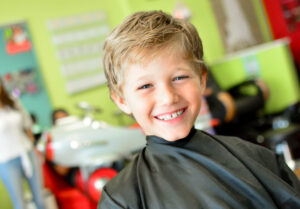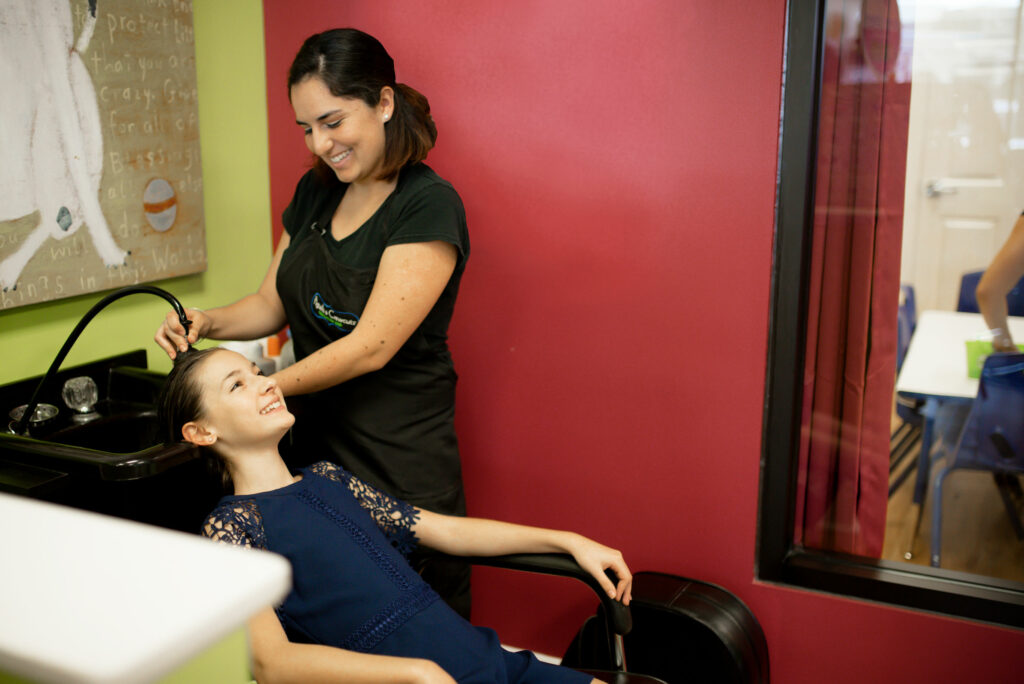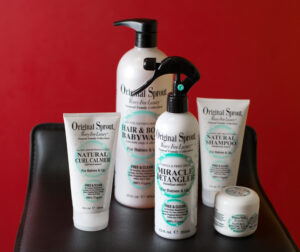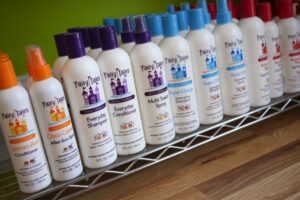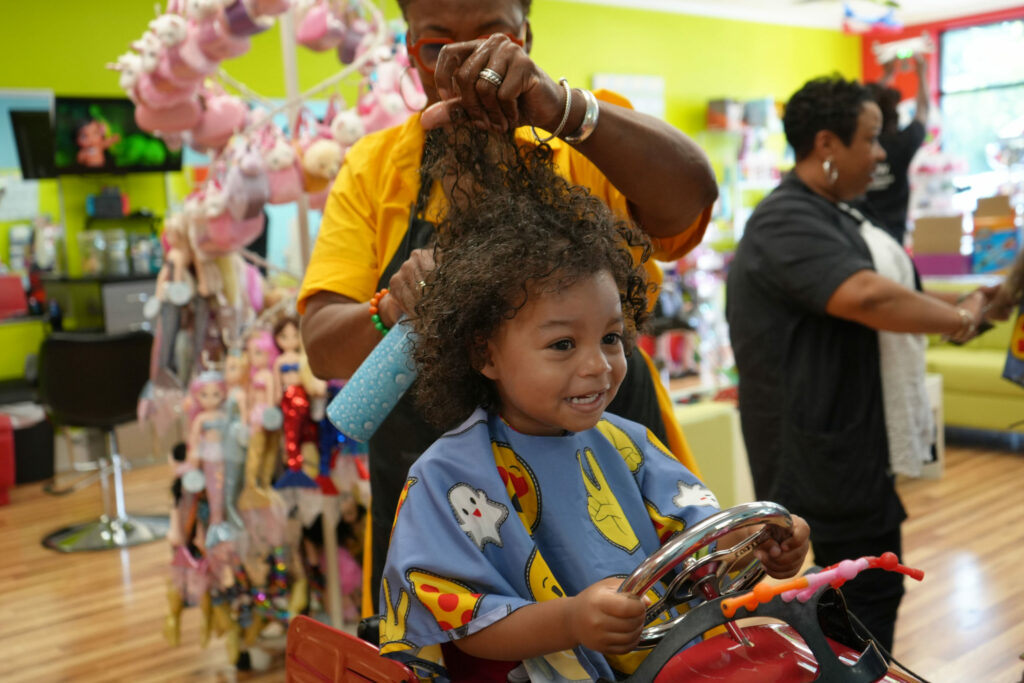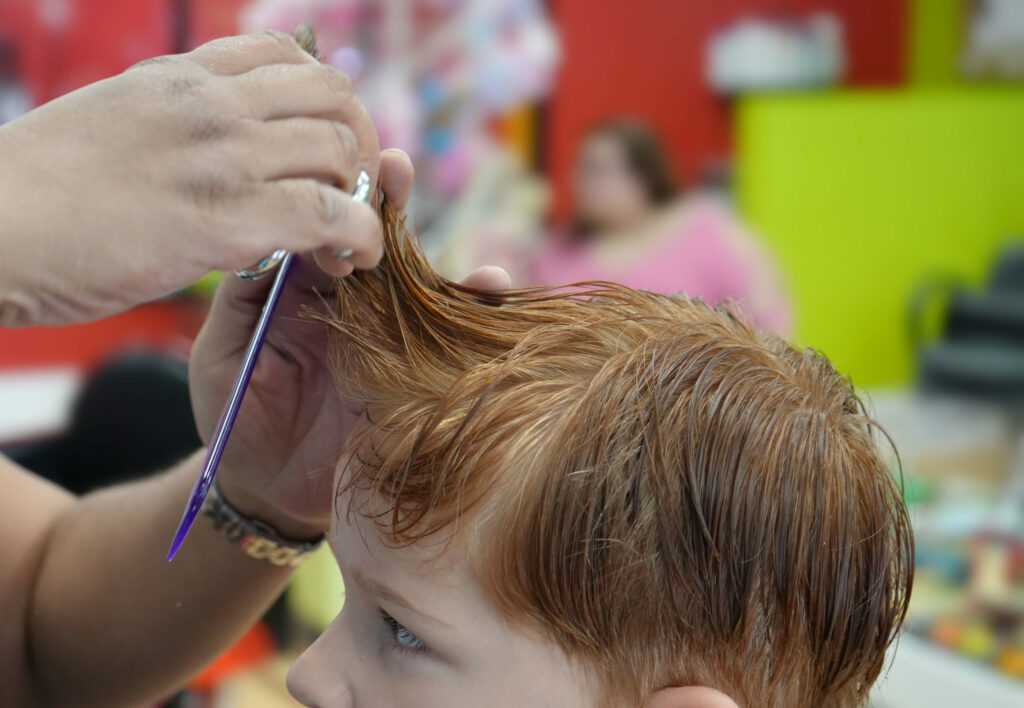Discovering that your child has lice can be an unsettling experience for any parent. However, it’s important to approach the situation calmly and take decisive action to address the issue effectively. Here’s a comprehensive guide on how to handle and prevent lice infestations in children:

1. Confirm the Diagnosis
Start by examining your child’s scalp carefully for signs of lice, including small insects near the scalp and white or yellowish eggs (nits) attached to the hair shafts. If you suspect lice infestation, seek confirmation from a healthcare professional or school nurse to ensure accurate diagnosis and appropriate treatment.
2. Inform Close Contacts
Inform anyone who has been in close contact with your child about the lice infestation so they can check for lice and take preventive measures if necessary. Lice can spread easily through direct head-to-head contact or by sharing personal items like hats, brushes, and hair accessories.
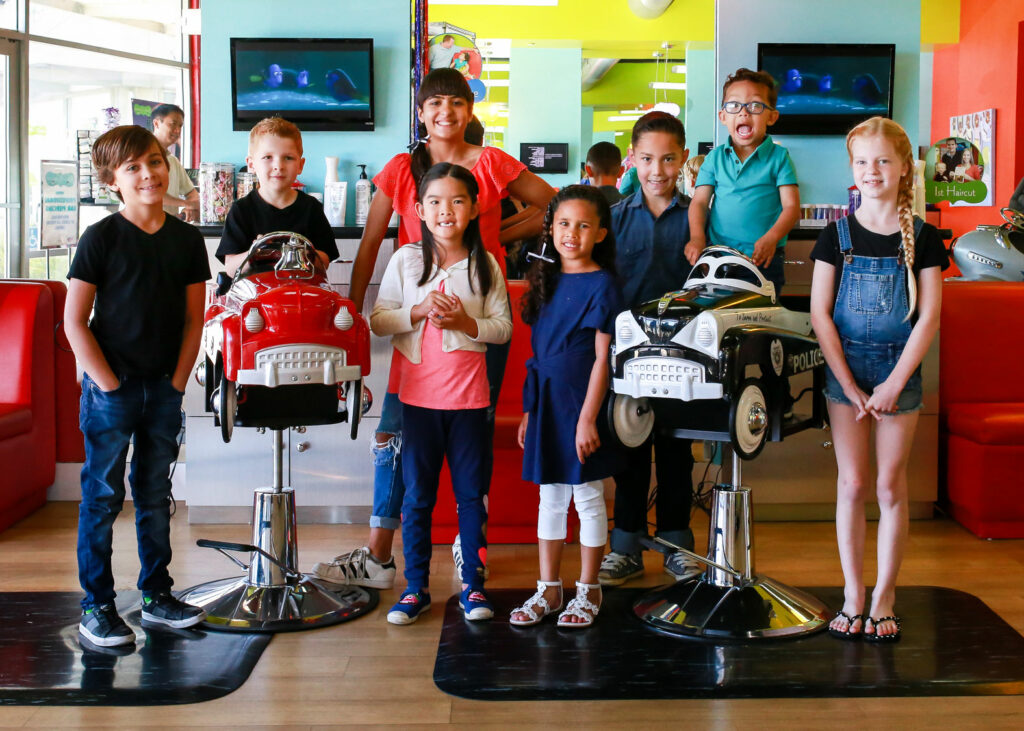

3. Treat the Infestation
Select an appropriate lice treatment based on your child’s age, health, and the severity of the infestation. Over-the-counter lice shampoos or treatments containing pyrethrin or permethrin are commonly used to kill lice and their eggs. Follow the treatment instructions carefully and use a fine-toothed comb to remove dead lice and nits from the hair.


4. Clean and Disinfect
Thoroughly clean and disinfect any personal items that may have encountered lice, such as clothing, bedding, hats, and hair accessories. Wash clothing and bedding in hot water and dry on high heat. Seal non-washable items in a plastic bag for at least two weeks to suffocate any remaining lice. Vacuum upholstered furniture and carpets and dispose of vacuum bags or clean the vacuum thoroughly.
5. Prevent Reinfestation
Take steps to prevent lice from returning or spreading to others by:
Encouraging your child to avoid close head-to-head contact with others.
Instructing your child not to share personal items like hats, brushes, or hair accessories.
Teaching good hygiene practices, such as washing hands regularly and avoiding sharing personal items.
Conducting routine head checks on your child and family members, especially during lice outbreaks in the community.

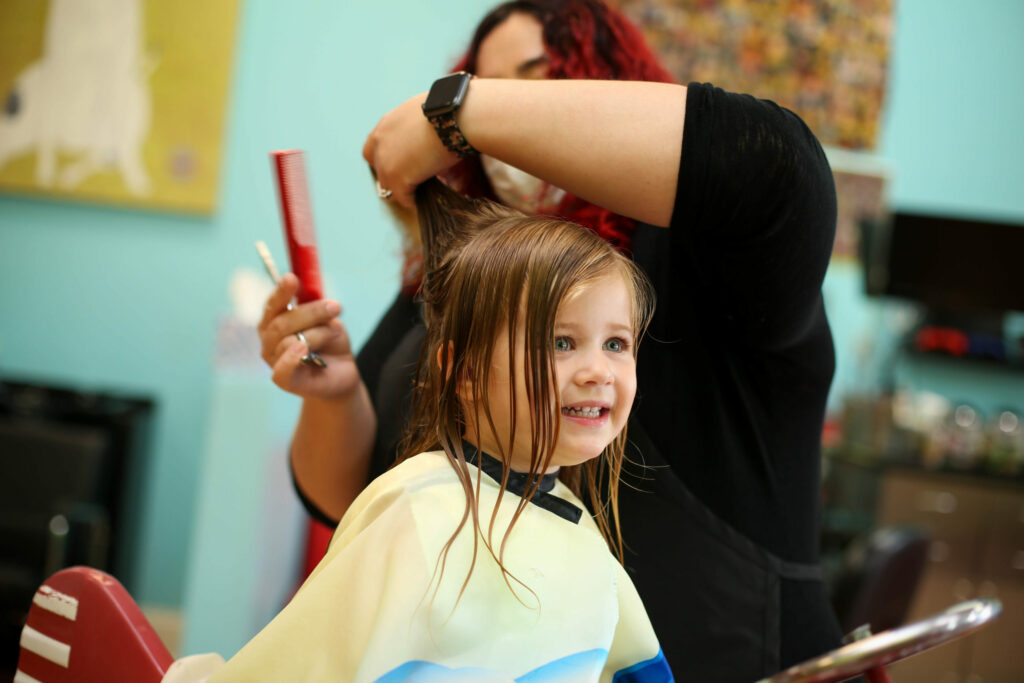
6. Monitor and Follow-Up
Keep an eye on your child’s scalp and hair for any signs of lice or nits in the weeks following treatment. It may be necessary to repeat the treatment or use additional combing techniques to ensure that all lice and eggs have been eliminated. If the infestation persists or if your child develops severe symptoms, consult with a healthcare professional for further evaluation and treatment options.
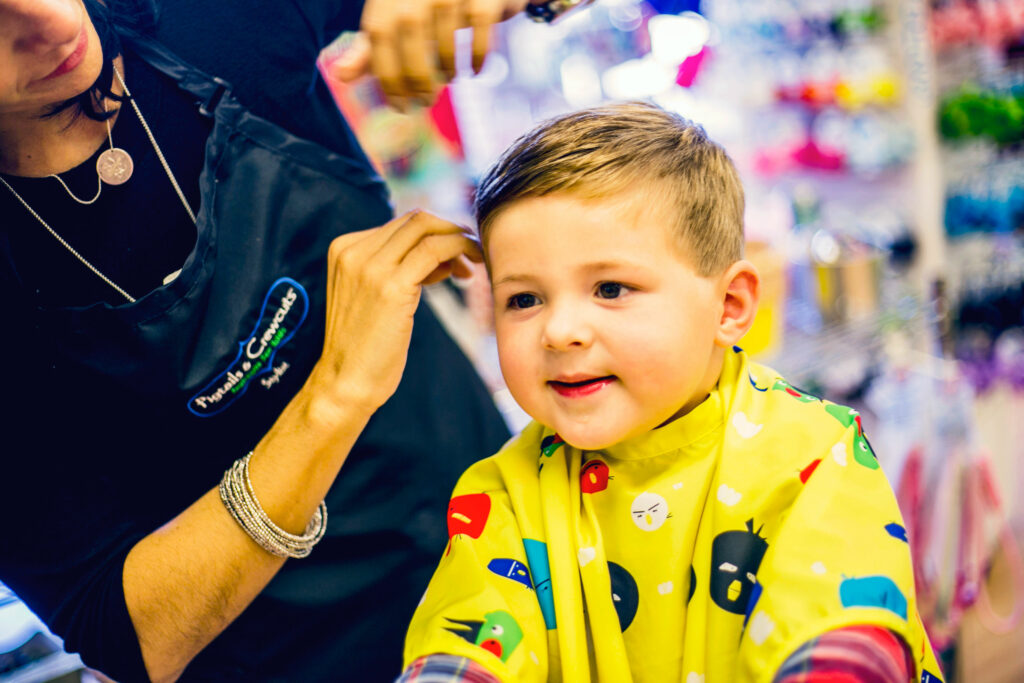
Dealing with a lice infestation can be challenging, but with prompt treatment, thorough cleaning, and preventive measures, you can effectively manage the situation and protect your child from reinfestation. Stay informed, stay vigilant, and seek support from healthcare professionals and other parents if needed. Remember, lice infestations are common and treatable, and with the right approach, you can help your child overcome this temporary nuisance with ease.

